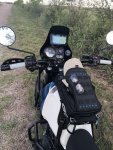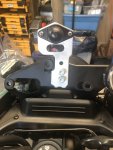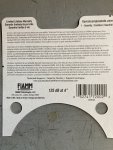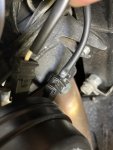Roy Gavin
Well travelled
- Location
- Adelaide Australia
Yep, injected bikes have a few more relays, injection needs full, steady volts.
Circuits on injected bike seem a bit convoluted too, first check on these things should be for almost full battery volts where it counts, pump, control box, injector, etc.
My Subaru car has a relay, and fuse, for virtually every circuit, reliability seems more of a concern with auto manufacturers.
All the wiring is heavier grade too!
I ordered top quality bits from Eastern Beaver to fit a relay so the ignition switch only activates the relay, just haven't got round to fitting them yet.
Put me down as a what haven't you done today but should have post.
Circuits on injected bike seem a bit convoluted too, first check on these things should be for almost full battery volts where it counts, pump, control box, injector, etc.
My Subaru car has a relay, and fuse, for virtually every circuit, reliability seems more of a concern with auto manufacturers.
All the wiring is heavier grade too!
I ordered top quality bits from Eastern Beaver to fit a relay so the ignition switch only activates the relay, just haven't got round to fitting them yet.
Put me down as a what haven't you done today but should have post.












